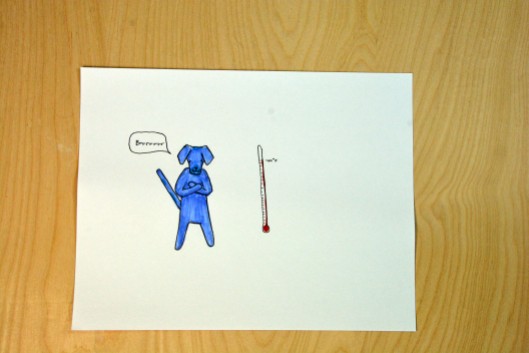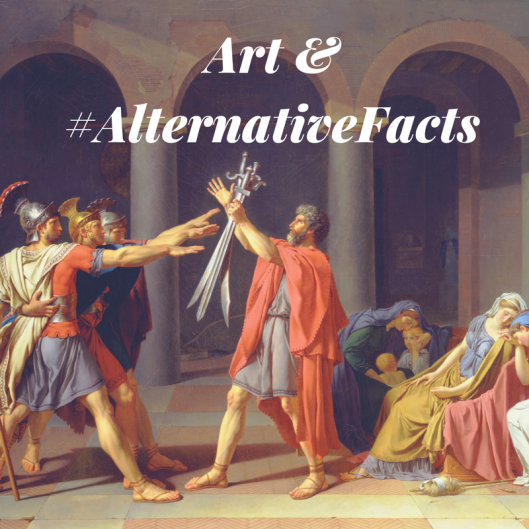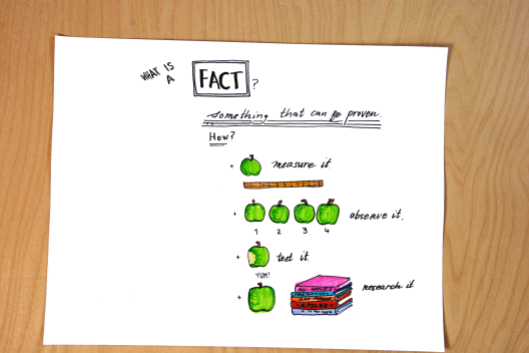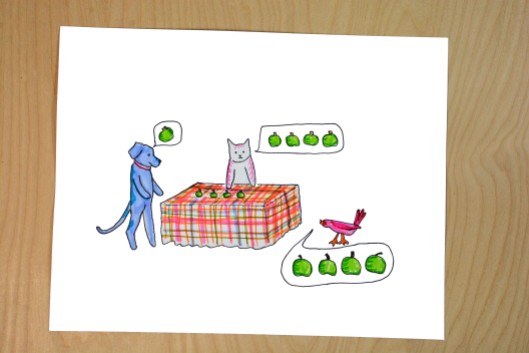Years ago, I was in a meeting with a favorite supervisor who bristled when I suggested that we might have a “fun facts” section on the app we were developing. I assure you that she wasn’t against fun. She felt that “fact” was a dicey issue. I have been thinking about this conversation often in the last few weeks.
Facts VS Opinions
A fact is something that can be proven and verified by multiple people. Facts can be measured, tested, and observed. One can research facts.
I was born in 19XX. My birth certificate says it. My mother assures me that she trudged to the hospital in a snowstorm weakened by contractions. (Yes, I suffer from a generational affliction of hyperbole). My age is not my opinion; it is a fact.
Opinion is in opposition to fact. Opinions rest on feeling. They cannot be measured or verified. They are often idiosyncratic and self-validating. You might feel as if you are freezing cold, even as temperatures swell to 100 degrees. But, the fact is that it is hot as all get out.
Realistically, there are many elements that we take as fact that can be disputed. Columbus sailed the ocean blue in 1492, and he is still hailed with a national holiday for finding America. Yet, he, arguably, fell short. Scholarship is a sort of information calculus bringing civilization closer to the truth, generating new “facts” and amending old ones. In other words, the ideas which we commonly call facts can be disputable and transmutable. Facts are generally accepted and provable ideas. They can change, but most likely are true. Yet, they differ wholly from opinion. Opinions are not provable.
The issue of facts and opinions are at the crux of our national politics currently. Many intellectual practices, like science and statistics, work in a rigorous way to understand the world. They research various phenomena that be used to inform action. Certainly, something like climate change is a theory, but one that is held by most scientists. If there was an equilibrium from an unassailable fact to an unfounded opinion, climate change ranks heavily on the fact side due to the volume of evidence.
Making the Call Between Fact, Fiction, and Opinion
I have been fooled, many times. Having gone to University of Wisconsin, Madison, I have never once been fooled by the Onion. But, Hard Times has gotten me more than once. Admit it, you have too. We are all susceptible, particularly given the volume of information we are taking in every day. We are making quick decisions to file ideas into one of three bins: fact, fiction, or opinion.
Here is where critical thinking skills and preexisting knowledge play in. Armed with plenty of both, you should have a 95% chance of getting ideas into the right category. But, critical thinking is a not a born skill. It must be honed, tested, and maintained. One needs to deal with complicated issues, regularly, and without shutting down. One must be willing to be wrong and to be faced with ideas that contradict your beliefs.
Here is where art comes in. Understanding an artwork is about diving through layers of ideas and history. Even something seemingly factual might be open to interpretation. Remember how my birthday is a fact? For most artworks, the date of creation, its birthday if you will, is interpretive. It is hard to determine the exact day that a craftsman put a finishing touch on that 5000-year-old sarcophagus. Scholars often use research to create an approximate date, which is basically an educated guess. Dates, materials, artists…there are so many elements of art that art verifiable…as close to fact as we can get.
Nothing is more open to interpretation than the meaning of artwork. Why did the ancient Indus Valley people create images of unicorns on their shipping seals? What does the artist hope for you to think when seeing his large metallic rocks out in the garden? What could a wall of faint pencil lines possibly mean? I can’t tell you. This is not because I haven’t thought about it. I have talked about the answer to each of those questions with groups of museum visitors of all ages. I can’t answer these questions, because there is no single answer. There are several opinions, and no single opinion is right.
Art allows thinker to experience the spectrum between fact and opinion. Thinking about art is a chance, a low stacks chance, mind you, to face the complications of ideas. There is something powerful about realizing your idea is not universal and that your opinion differs from others. It can help you see that what you thought was fact is opinion. Also, it helps you see that you shouldn’t relegate the opinions of others to the fiction/ fake news bin.
Appreciating the nuances of ideas takes time. One grows skills in deciding the relative merit of a fact or its position on the fact to opinion spectrum. This takes me back to the “fast facts” section of the app. There is nothing fast about becoming a critical thinker. Art is, however, an ideal chance to hone your skills at mastering the ability to understand the breadth and complications of information.


